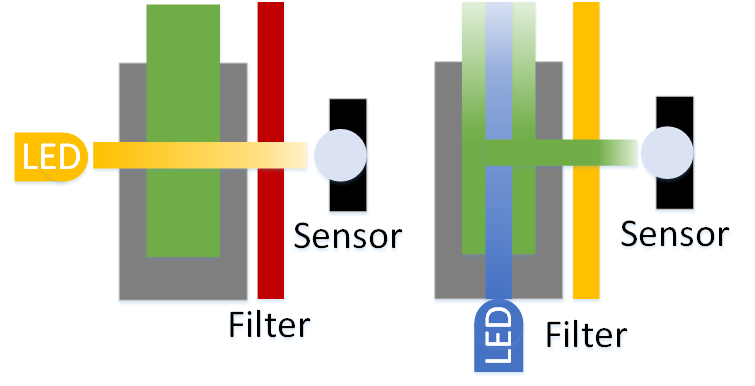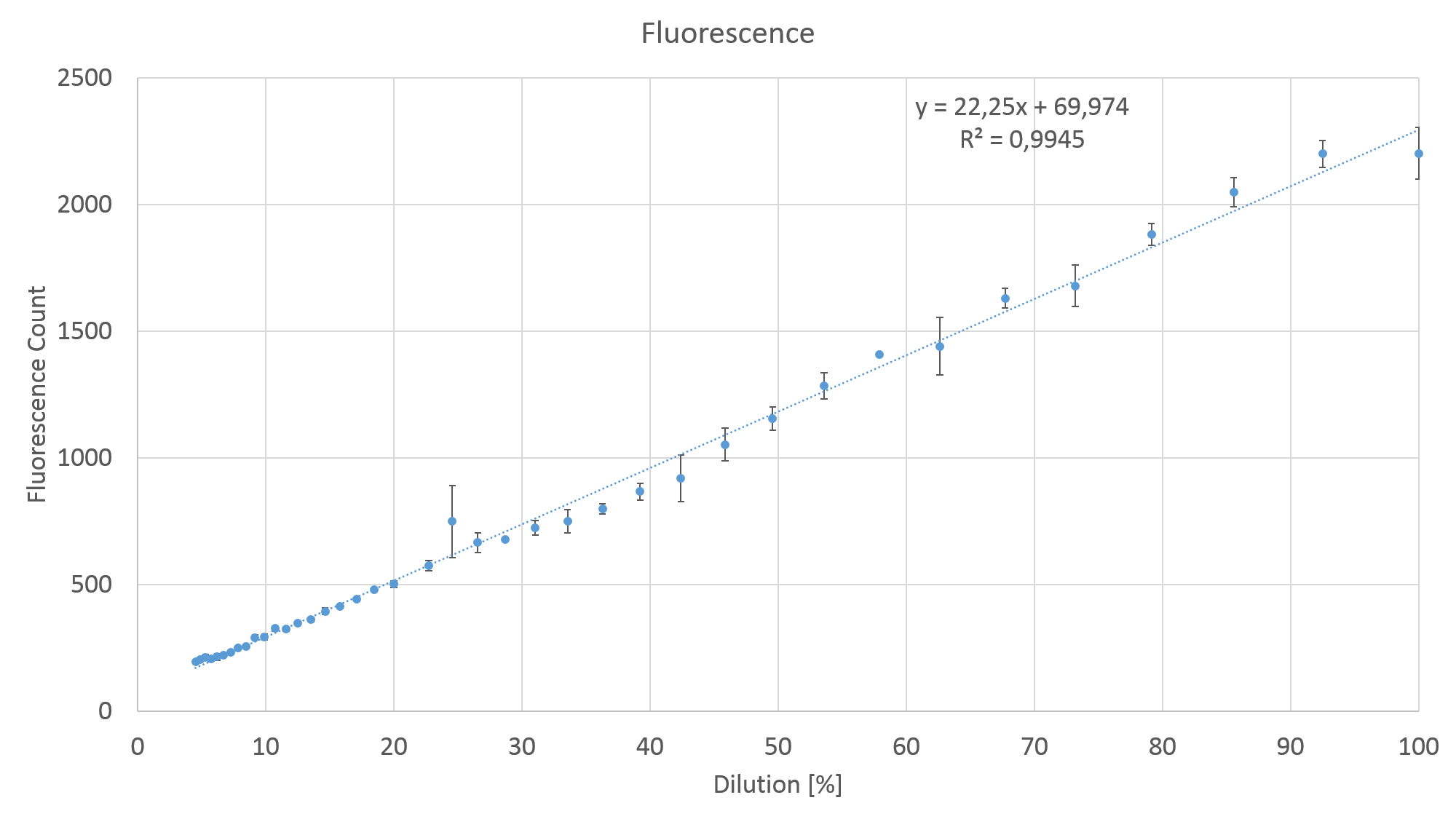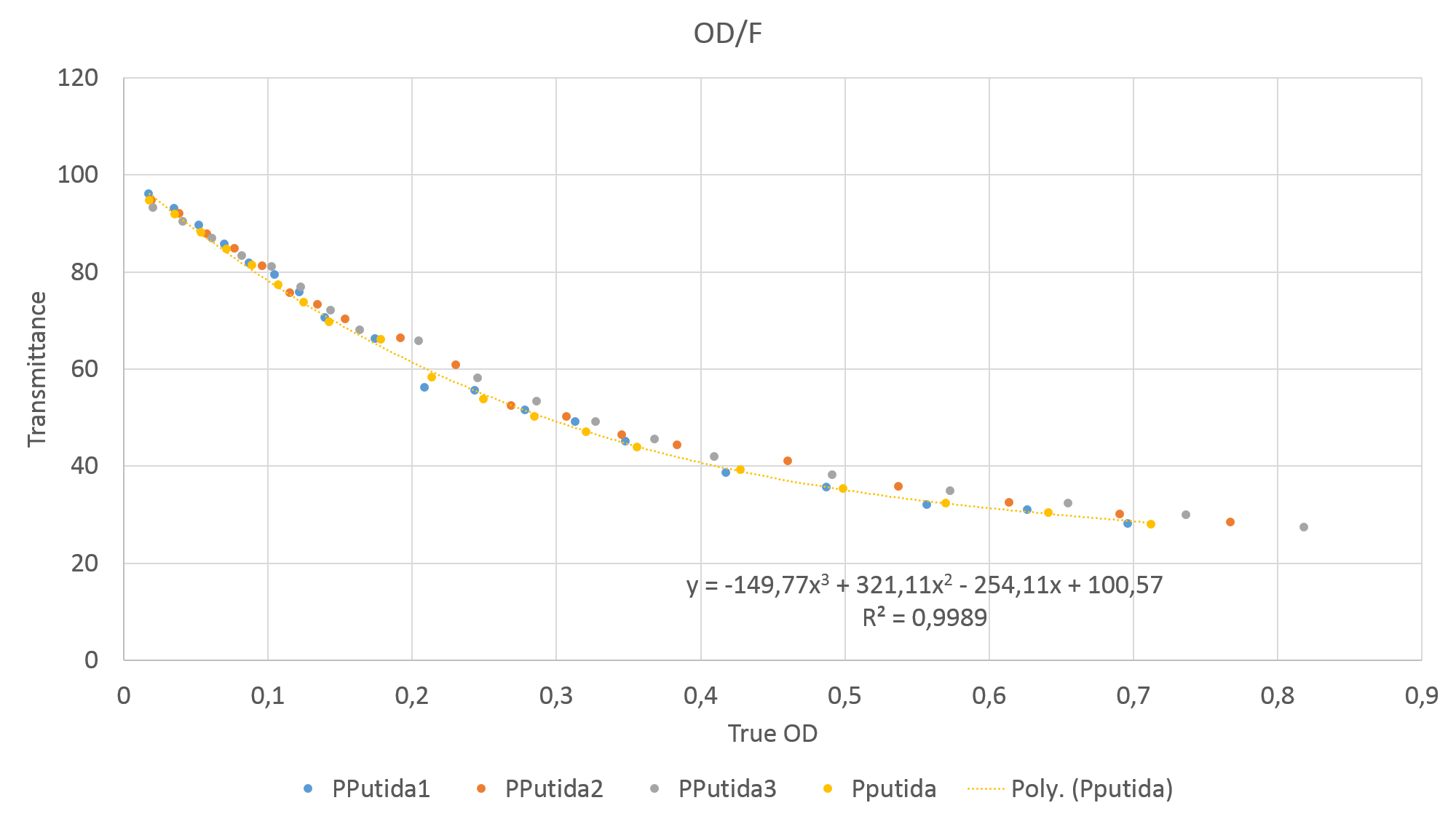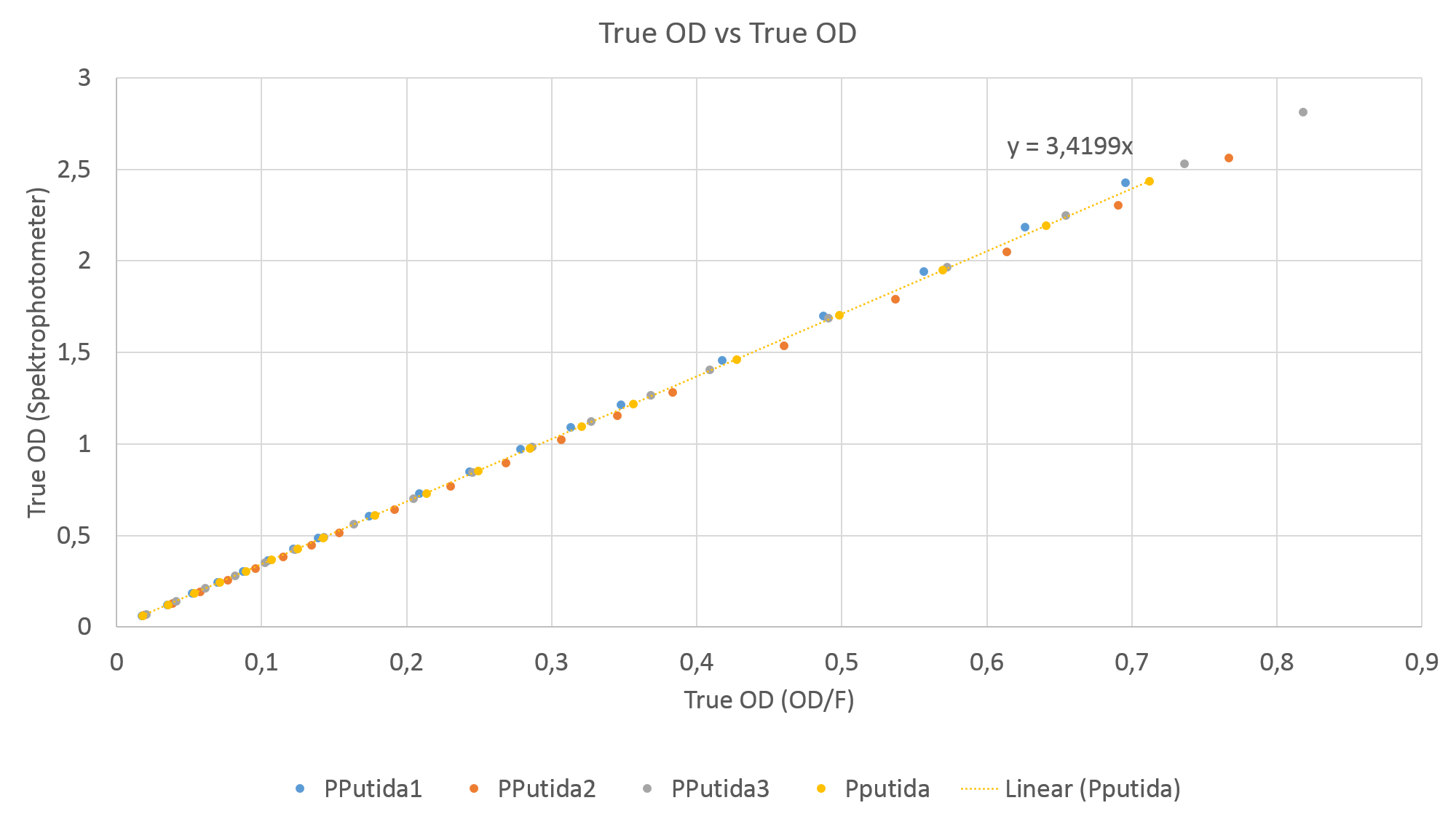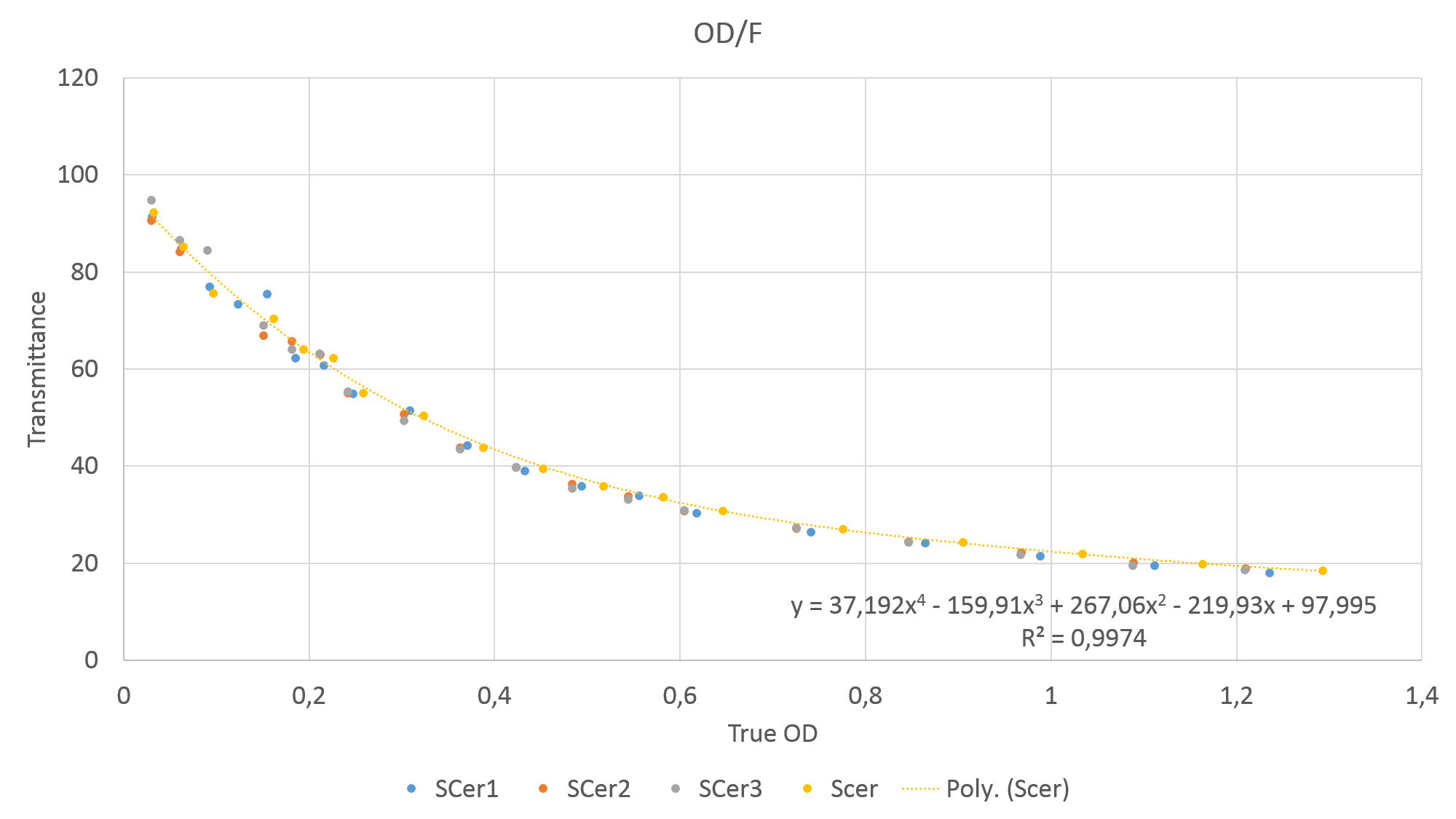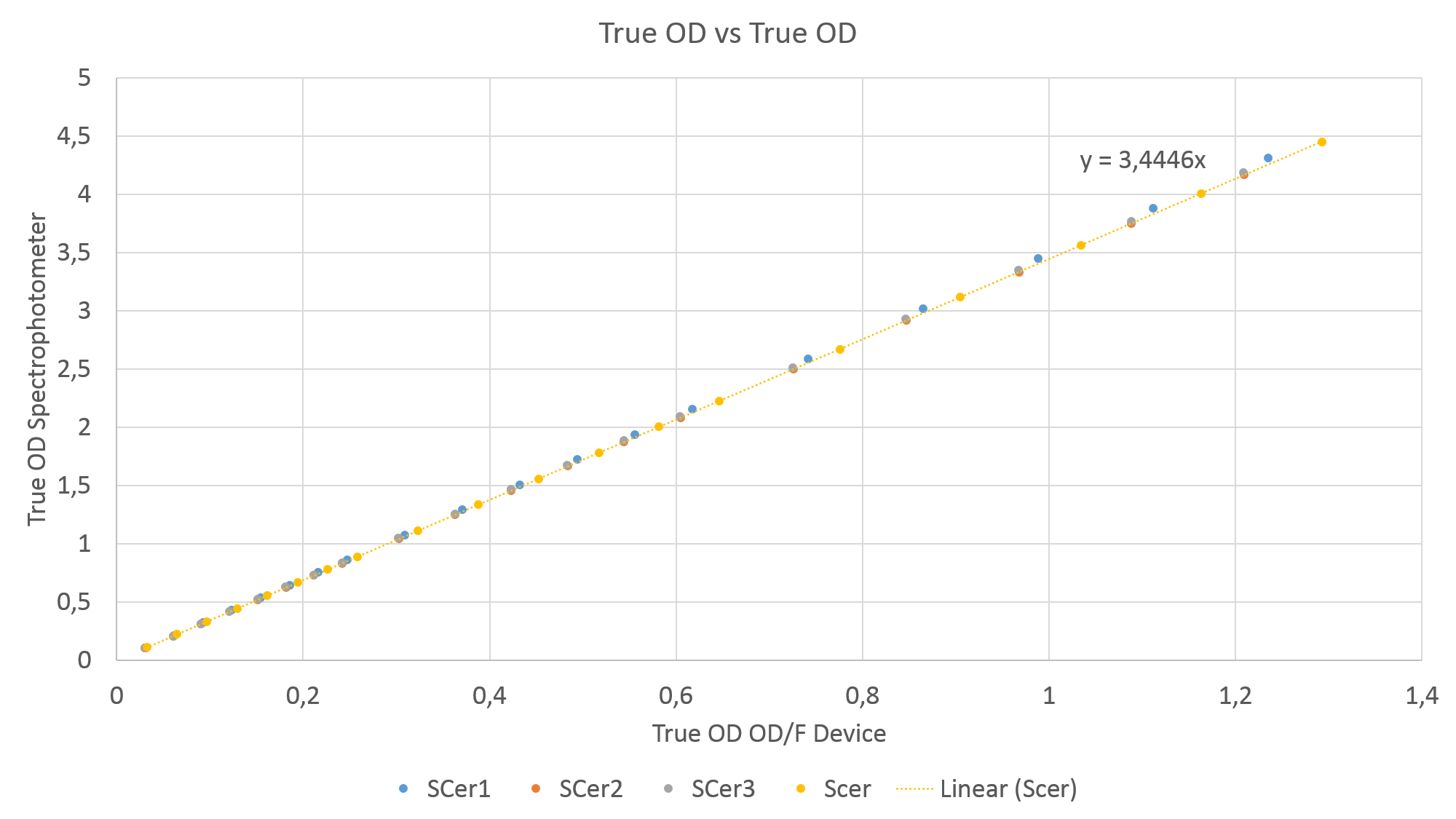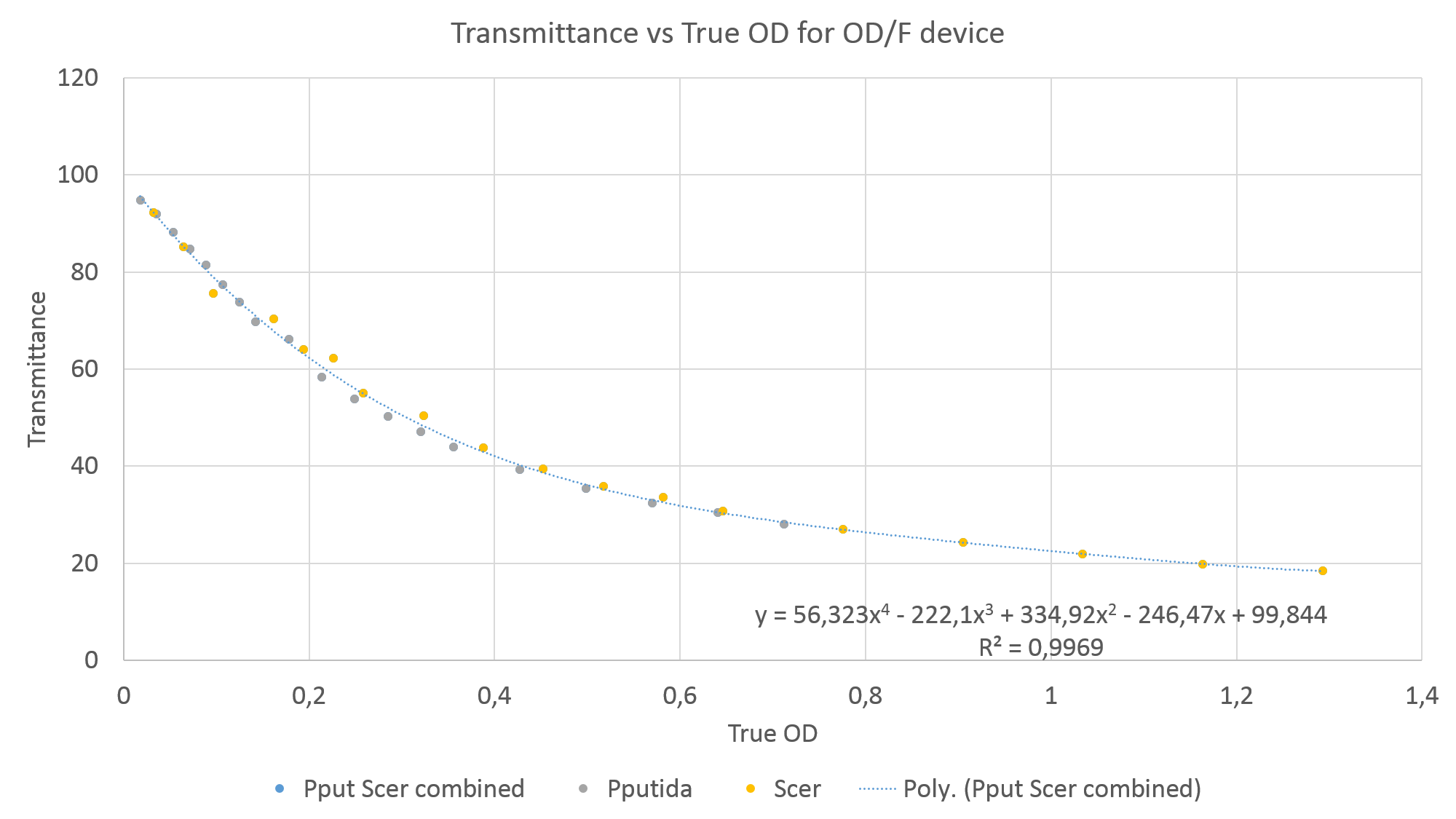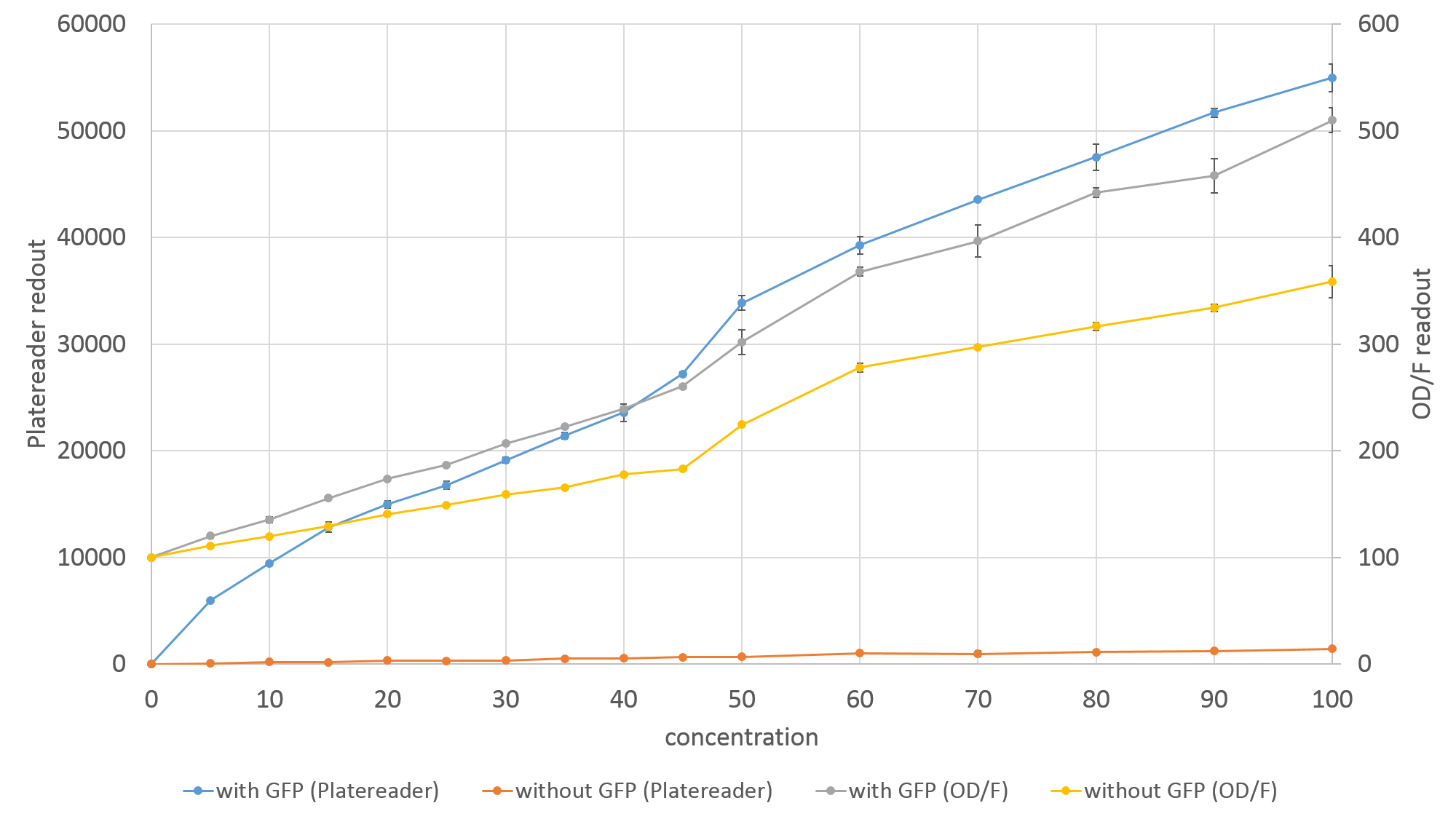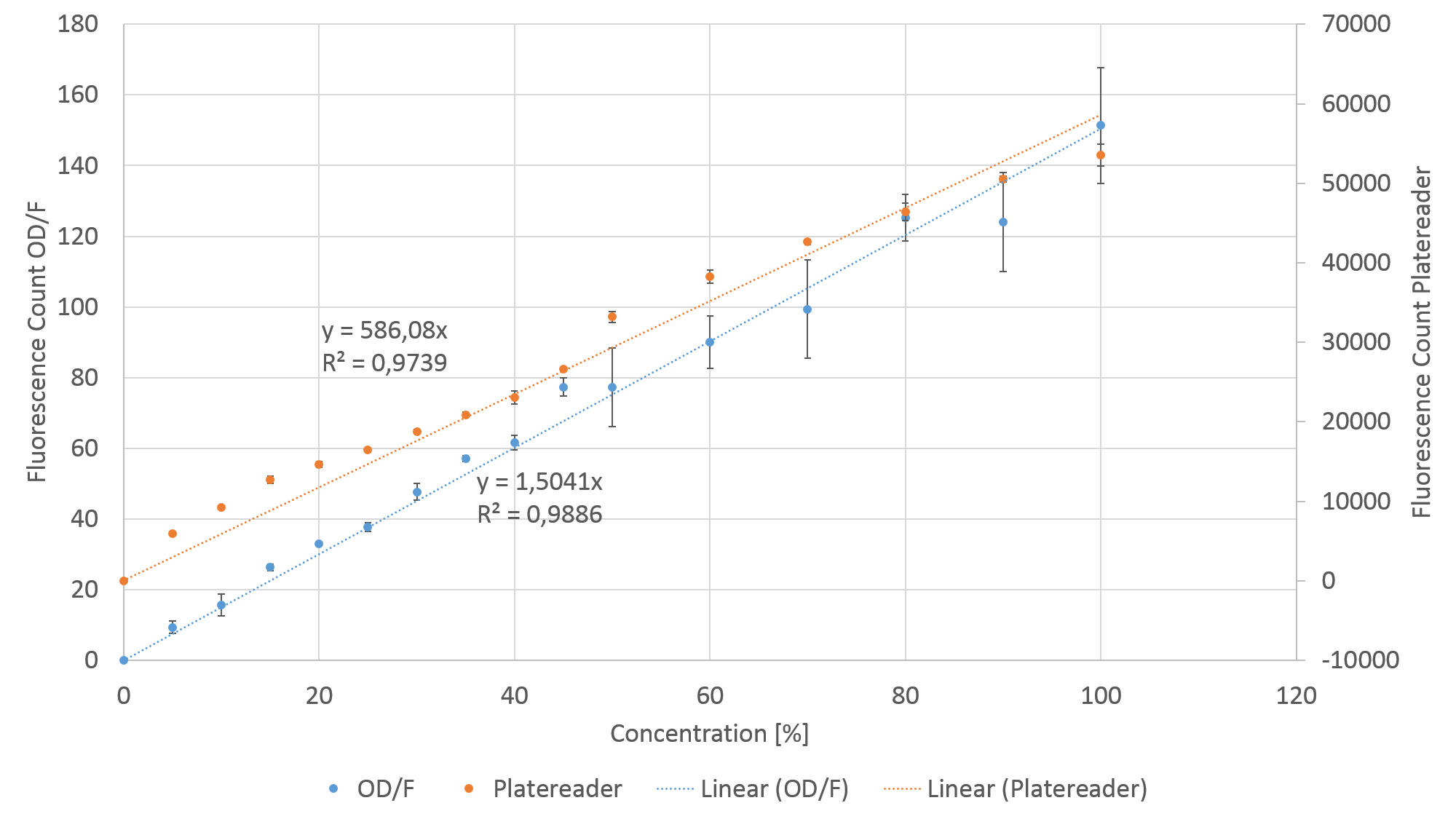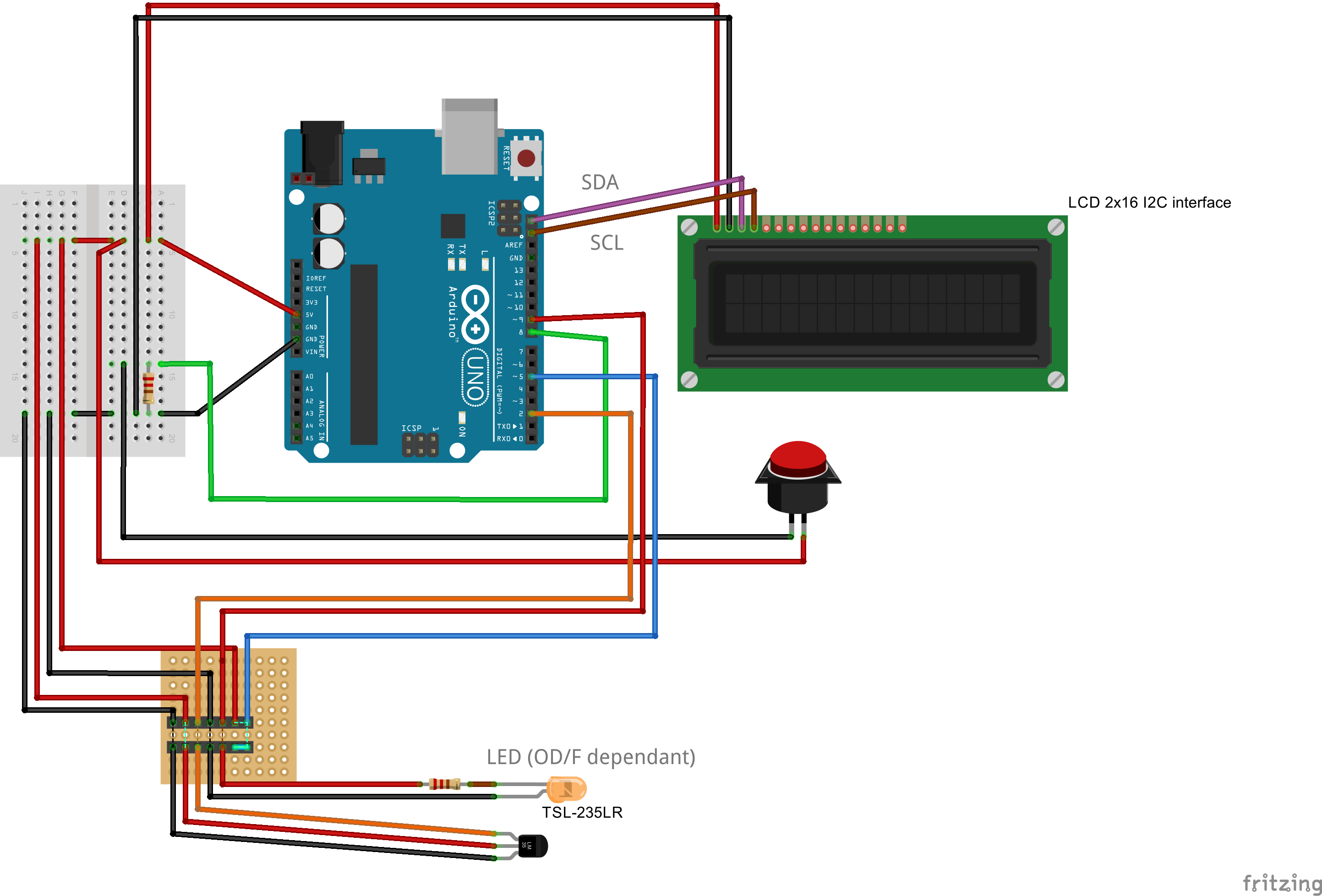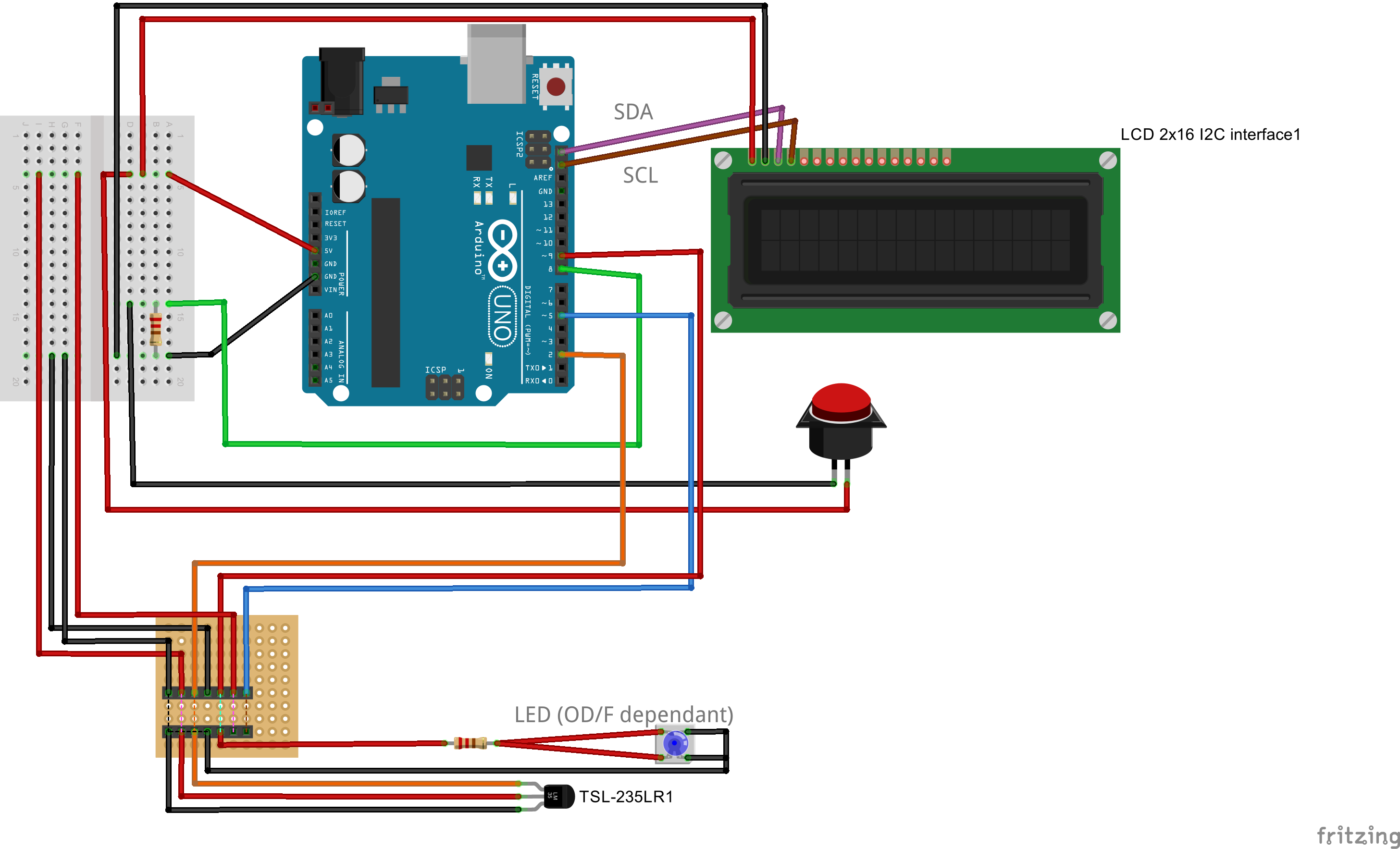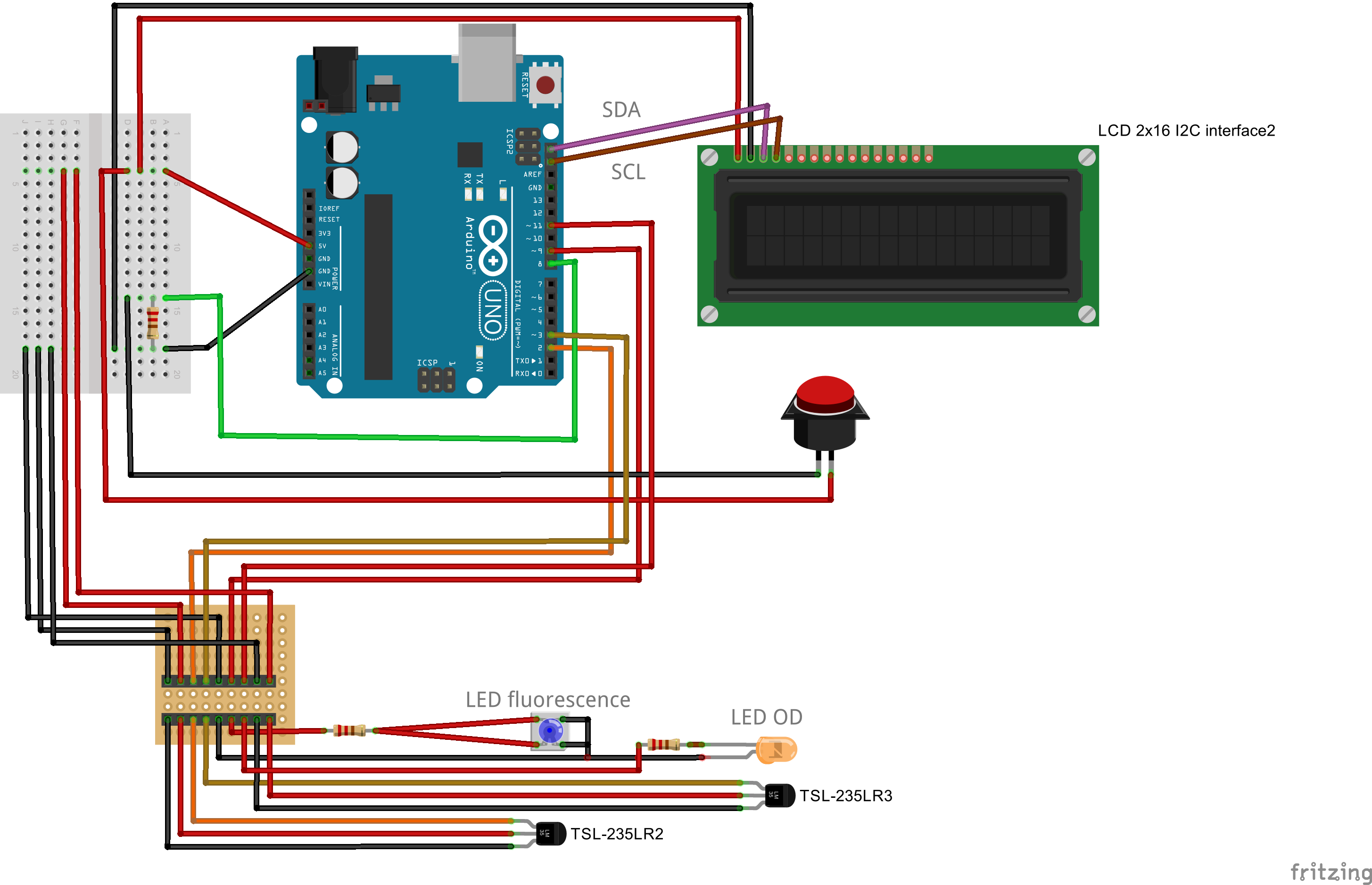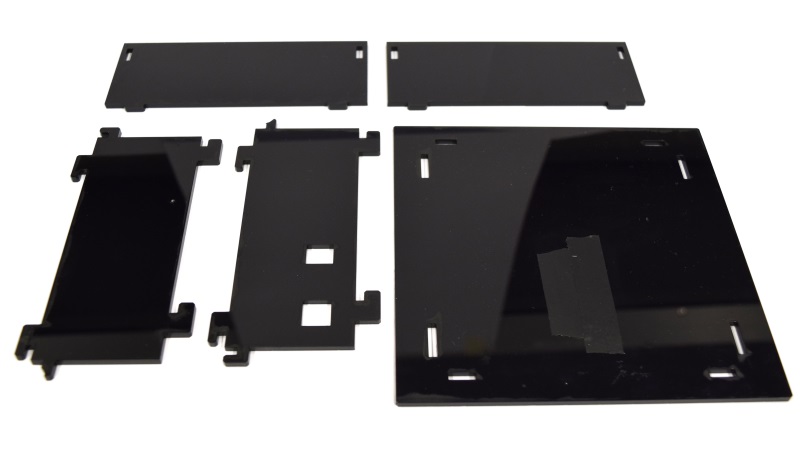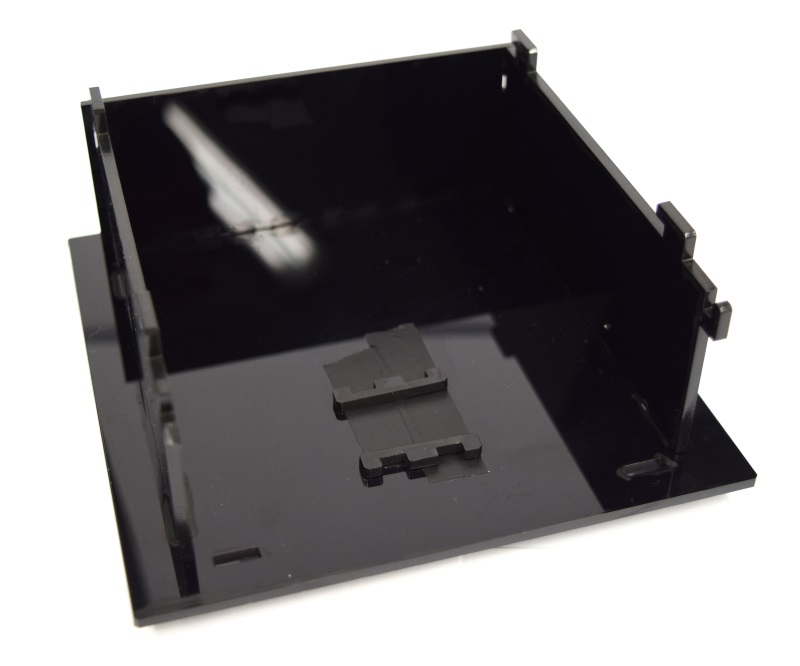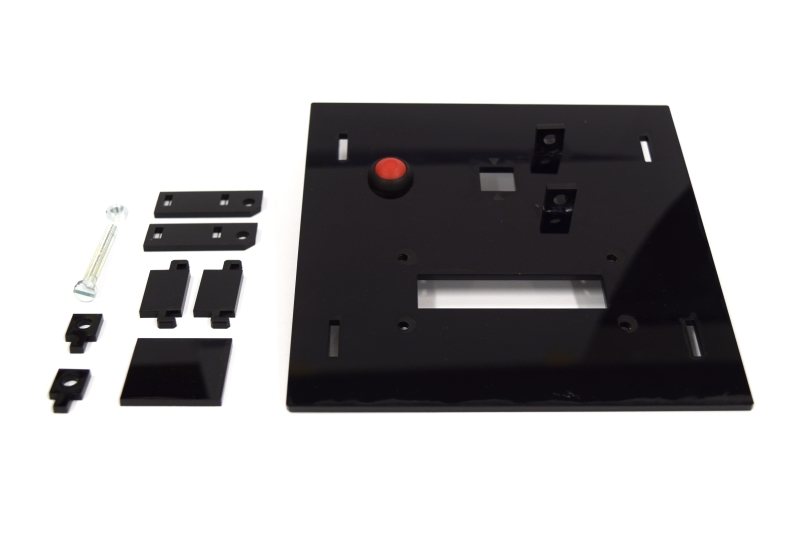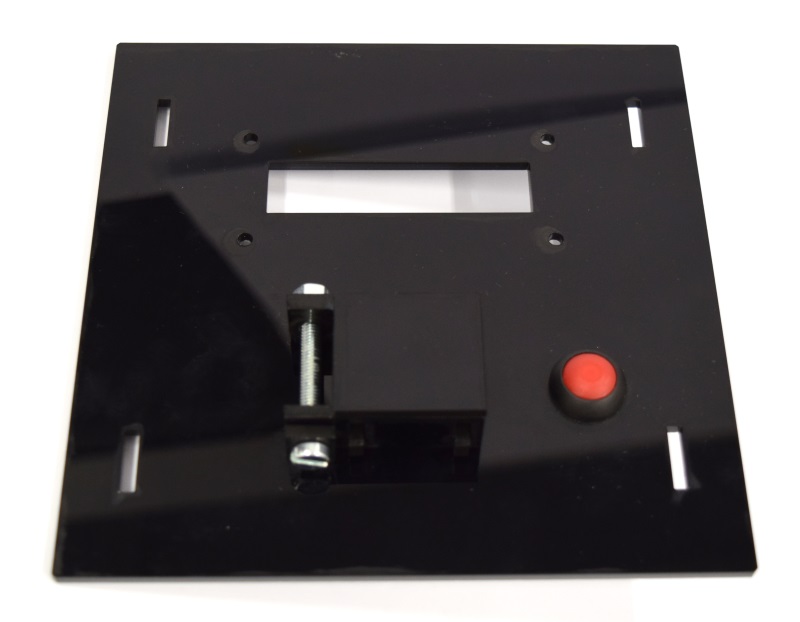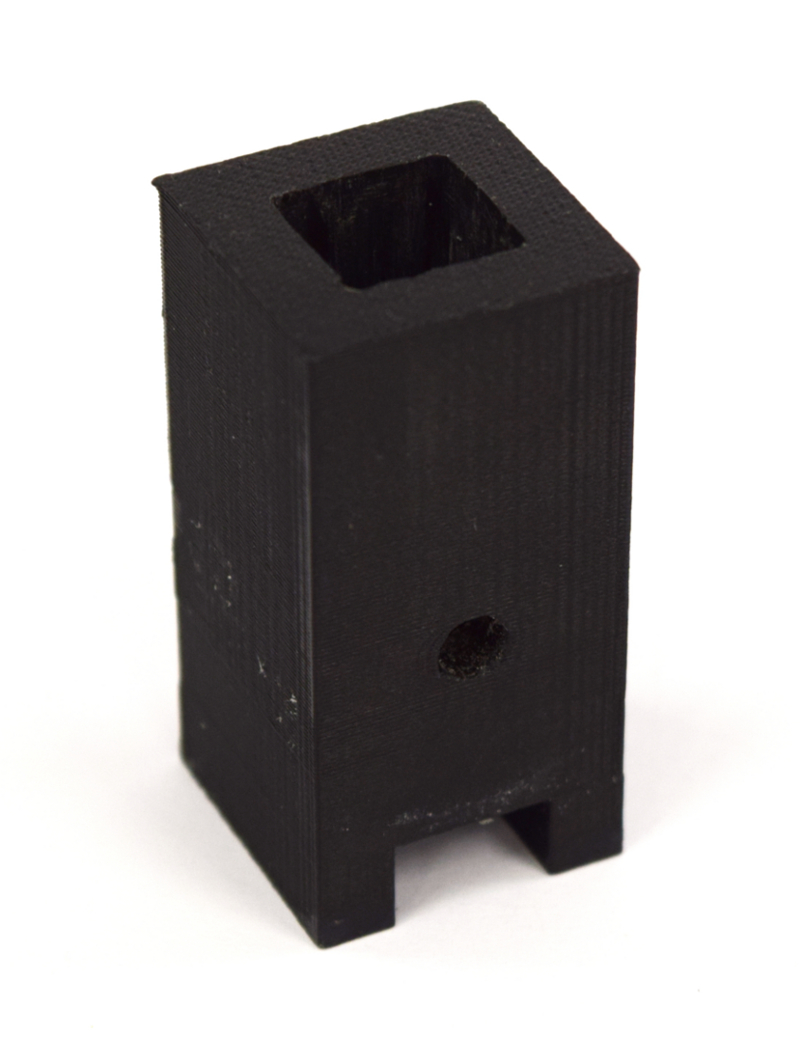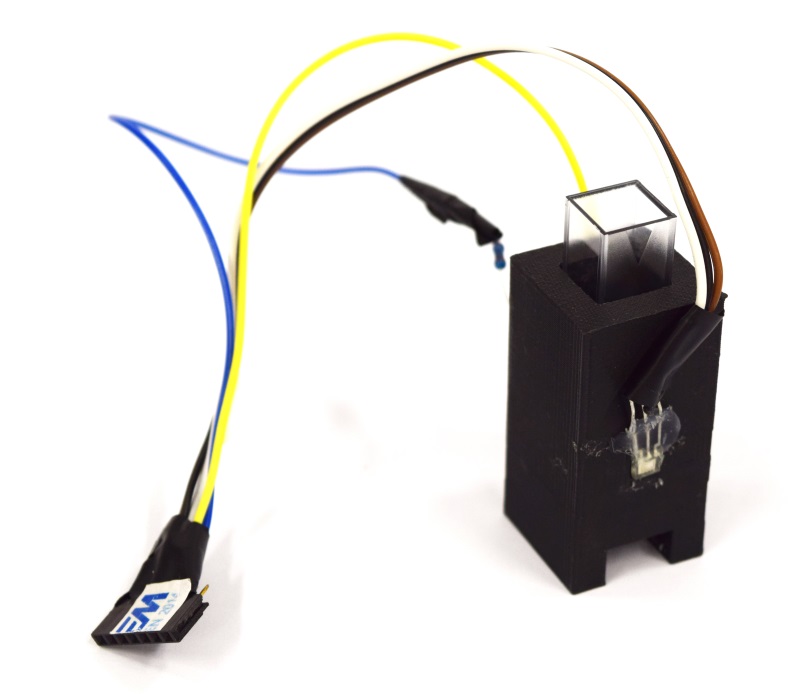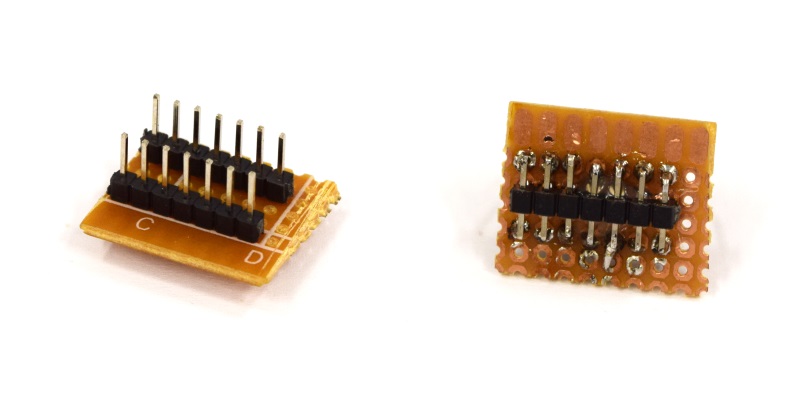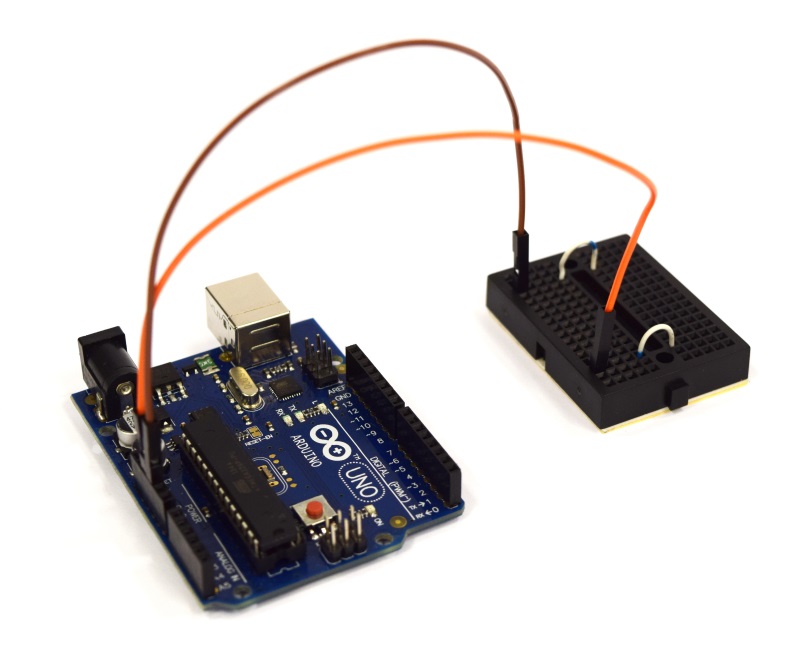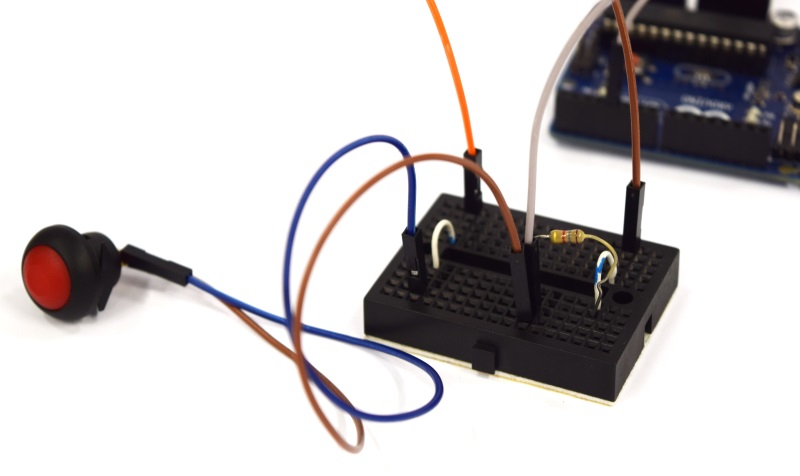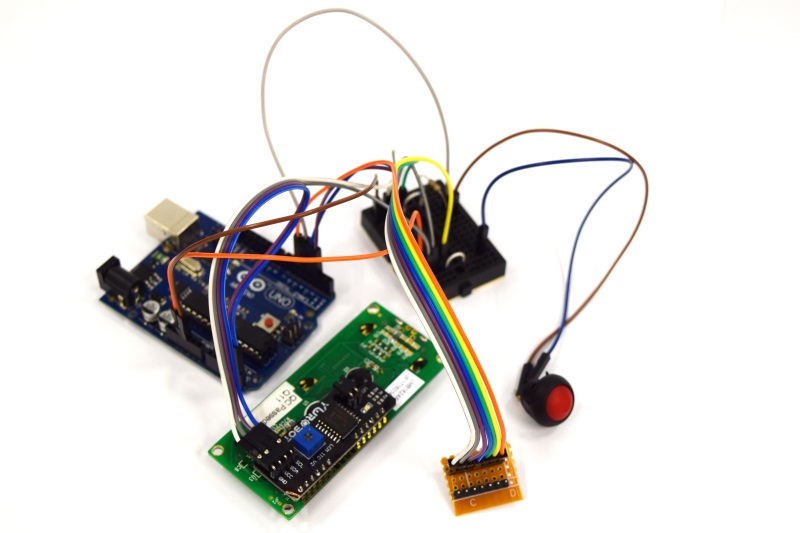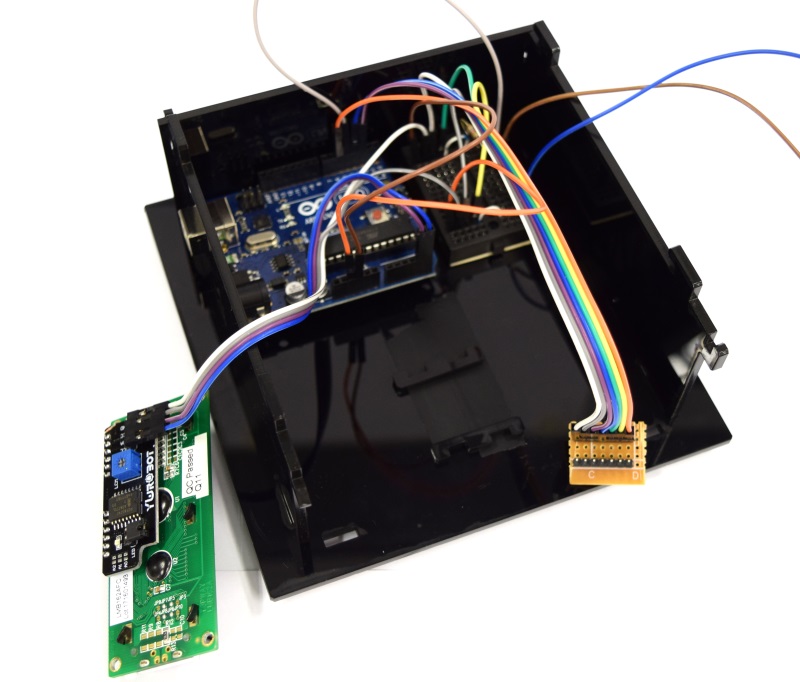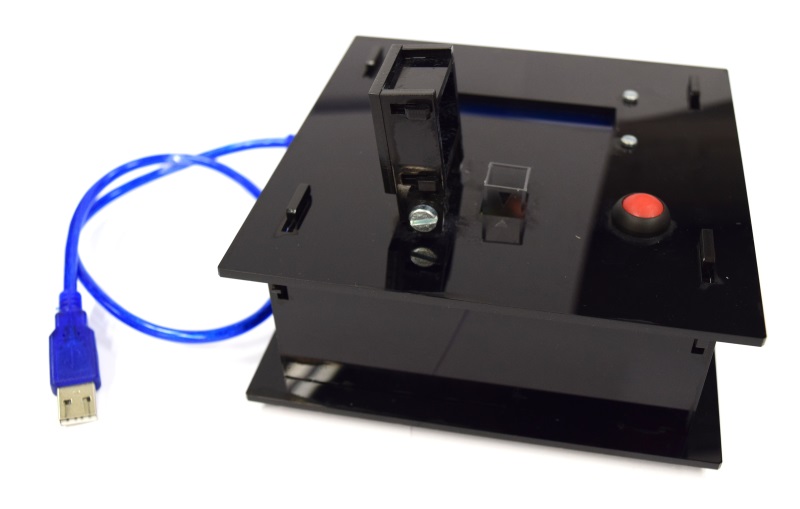OD Device
Evaluation
From Transmittance to True Optical Density
At very low levels, uncorrected photometric determinations of cell densities show a decreasing proportionaility to actual cell density.
This can also be observed using our OD measurement device.
In general, photometric determination of bacterial concentrations depends primarily on light scattering, rather than light absorption. Therefore. often not absorption is measured, but transmittance. For this, the relationship between optical density (OD) and transmitted light $\frac{I_0}{I}$ exists as:
$$ OD = \frac{I_0}{I} = \kappa \cdot c$$
However, this equation is linear only in a certain range.
While one can tackle this non-linearity by using dilutions of the culture, correcting the error systematically is another way to overcome this limitation.
For our OD device we needed to correlate the transmittance measured by our sensor to an optical density anyway.
Our team members from the deterministic sciences emphasized on the correction method, which was conducted according to Lawrence and Maier [1]:
- The relative density ($RD$) of each sample in a dilution series is calculated using $\frac{min(dilution)}{dilution}$.
- The uncorrected optical density is derived from the transmission T [%]: $OD = 2 - \log T$
- Finally, the unit optical density is calculated as $\frac{OD}{TD}$.
- The average of the stable unit optical densities is used to calculate the true optical density $ OD_{unit} \cdot RD $.
This way, the correlation between transmission and true optical density can be computed.
The derived function allows the conversion from transmission to optical density on our device and therefore calibrates our device.
Lawrence and Maier could show that correcting transmittance this way, the corrected optical density shows a linear relationship between true optical density and dry weight in cell suspensions.
In our experiments, we find in accordance to [1] that the correction majorly depends on the technical equipment used, especially the LED, sensor and cuvettes.
While this at first sight looks disappointing, it is also expected:
Transmittance is the fraction of light not absorbed by some medium relative to the cell-free and clear medium.
However, the transmittance is not only dependent on the amount of cells in the way of the light's beam, but also how much light shines through the cuvette in which fashion, and in which fraction is received by the sensor in which angles.
Using the above formula we performed this experiment for Pseudomonas putida and Saccharomyces cerevisiae.
[1] Correction for the Inherent Error in Optical Density Readings, Lawrence, J.V. and Maier, S., Applied and Environmental Microbiology, 1977, p. 482-484
Experiments
We performed several experiments during the development of the OD/F device.
Finally we can relate the measured transmittance to the true Optical Density, and further, we can relate that true OD to the one of the photospectrometer in our lab.
By doing to we can calibrate our device to meaningful values.
We have done this according to the previous section for Pseudomonas putida and Saccharomyces cerevisiae.
The final function for calculating the OD from the transmission calculated by our device can be calculated as
$$ OD = f(T) \circ g(device) $$
where $f$ transforms transforms transmittance to true optical density for our device, and $g$ transforms true optical density of our device into the true optical density of the photospectrometer. This way our device is calibrated according to the photospectrometer.
Pseudomonas putida
Saccharomyces cerevisiae
From these plots it can first be seen that our device delivers robust and reproducible results for both procaryotes and eucaryotes.
Also the function from transmittance to true od can be expressed as a lower polynomial function, making its calculation easily possible on a low-end device like a microcontroller.
Most encouraging is that the function for relating the true OD of our device to the photospectrometer is, as seen by the regression coefficient, close together for both P. putida and S. cerivisae. In fact, 3.4199 and 3.4446 are such close together, that the minor deviation could be just measuring inaccuracy.
Therefore we fix the regression coefficient for converting true OD of our device to true OD of the photospectrometer to 3.432 .
It is interesting to note, that also the function $f$ for the conversion of transmittance to true optical density fit nicely together, as can be seen in the following figure.
By this evaluation we have shown that our self-build optical density measurement device can compete with commercial systems, and moreover, is easy to calibrate by just calculating the true optical density.
Therefore we present a device which measures accurately and is made of easily available parts at a low cost.
|
 "
"
